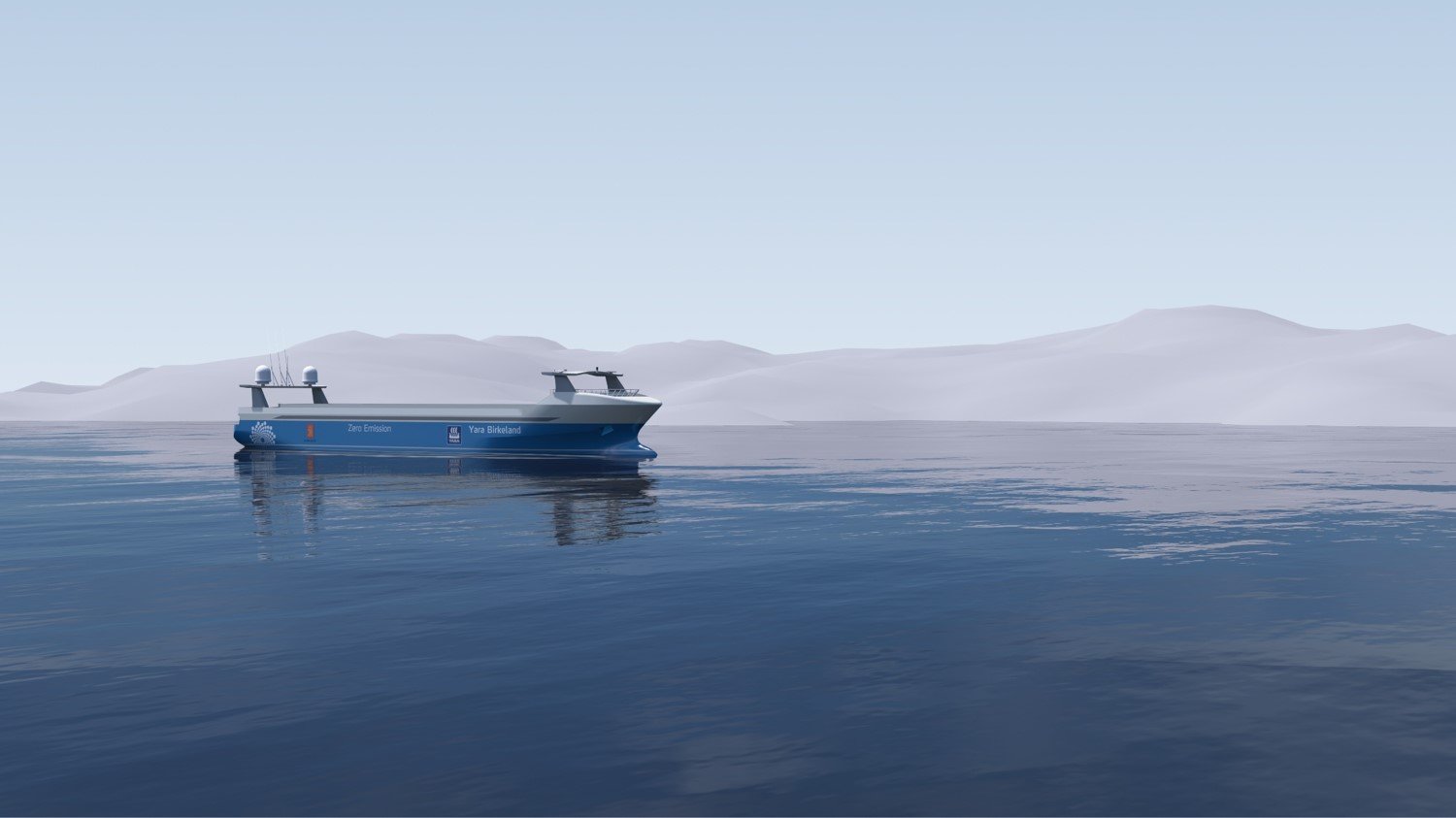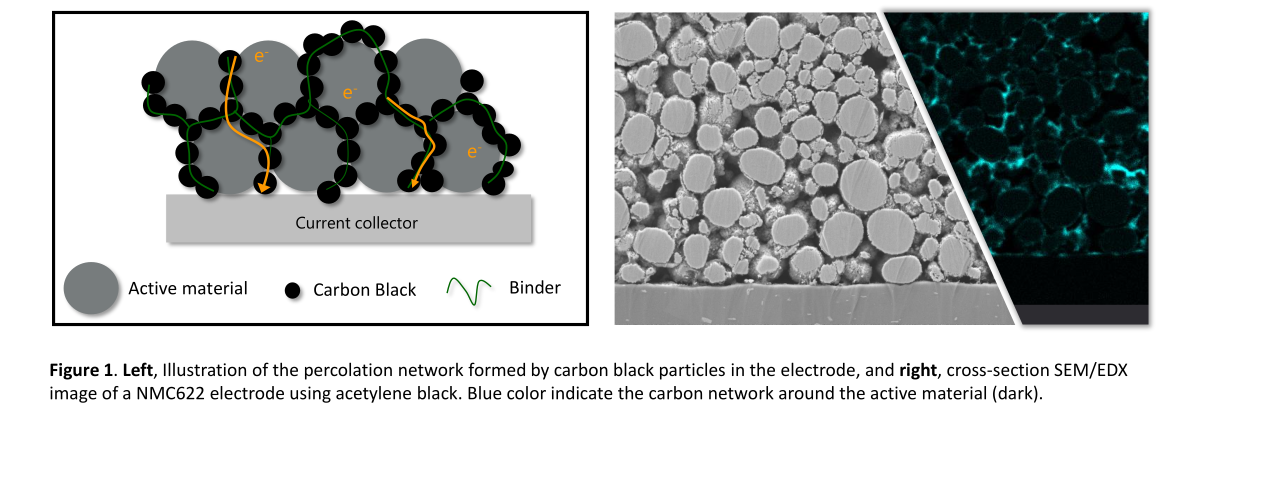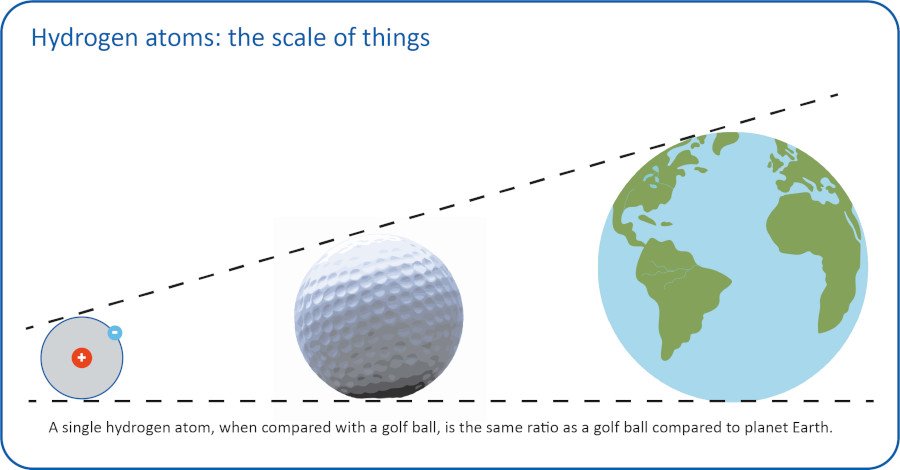By Eli Wærum Rognerud, Senior Export Advisor at Innovation Norway France
As explorers, fishermen and sailors, Norwegians have a long tradition of using renewable energy for transportation. Today Norway is pioneering electric mobility with solutions for smart charging, autonomous driving and zero-emission ships.
The transport sector accounts for more than a quarter of all greenhouse gas emissions globally. Smarter and more efficient transportation systems are therefore key to reaching the climate goals – and to building sustainable societies. In Norway, that transition is well underway, and it’s happening fast.
Five years ago, only five percent of the cars sold in Norway were electric. In March 2019, fully electric cars (BEVs) accounted for nearly 60% of all new car sales. Yet political ambitions go further. The Norwegian Parliament recently passed a bill aiming for all new private cars, city buses and light vans to be zero-emission vehicles by 2025.
“Norway shows the whole world that fully electric cars can replace petrol and diesel cars and become an important contribution to combat CO2 emissions, and to clean up the air” says Christina Bu, Secretary General of the Norwegian EV Association. The association represents more than 70,000 Norwegian EV owners, and underlines that the engagement of ordinary people have helped drive the Norwegian EV revolution – along with an ambitious policy package. In Norway, new electric vehicles are exempt from 25% VAT. EV owners also receive significant reductions on road taxes, toll roads, parking and ferries. For ordinary consumers therefore, going electric makes both environmental and economic sense.
Electric trucks, buses and airplanes
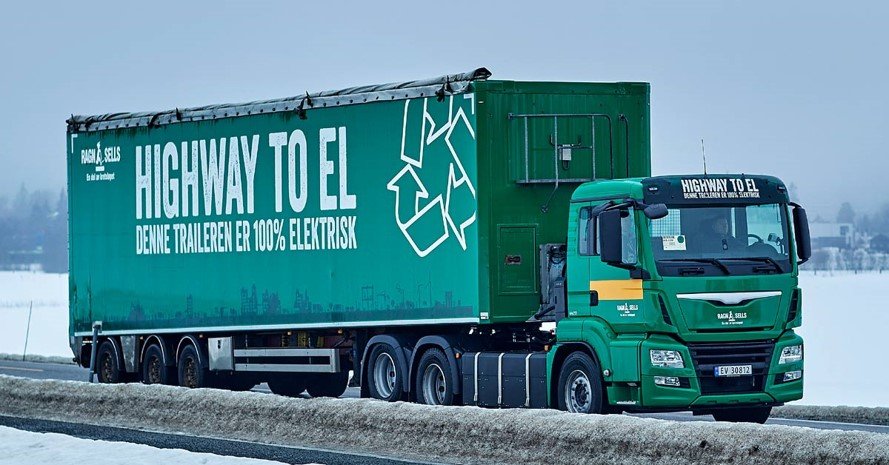
The heavy-duty transport sector follows suit. Electric cement trucks, electric caterpillars and buses can be spotted on Norwegian roads. With the catchy concept “Highway to EL”, waste and recycling company Ragn-Sells portrays themselves as “living proof that caring for the earth and good business go hand in hand”. Ragn-Sells’ electric waste collection truck first hit the roads of Oslo in the summer of 2017, and several cities are currently electrifying their waste transportation systems. ASKO, Norway’s largest grocery wholesaler, have ambitions for emission-free food delivery within few years. Similarly, the airport operator Avinor has also invested in 50-tonn electric trucks to transport waste from Oslo airport.
An investment, by the way, that Avinor considers a small step towards their overall goal: electrifying national flights by 2040. Air transport is notoriously one of the most difficult sectors to electrify, and long-haul flights are still a long way off. But more than 20 regional services in Norway could already be made electric with today’s technology and many more are expected to follow in the coming decades.
Smart charging
Government policy and strong political will are key ingredients in the Norwegian EV story. Underpinning these developments are also numerous companies offering innovative solutions for fast charging and grid balancing, last mile distribution, smart city development and urban planning.
Zaptech is one example of how electrification has accelerated new technology. The ZapCharger system can be used for any type of EV and can charge up to 100 cars on a single circuit per day. The system handles both slow and fast charging simultaneously, thereby optimising power use while preventing grid imbalance. Meshcrafts, another Norwegian company, develops software for e-mobility that integrates concepts of smart city, smart grid and smart transportation.
Interestingly, energy companies and grid operators are also investing in charging and EV infrastructure as ways to diversify their portfolios and “stack value”. In 2016 for example, European hydropower giant Statkraft invested in the EV charging station operator Grønn Kontakt (Green Contact). Tibber, a fully digital electricity company, is using meter data and advanced algorithms to reduce your electricity bill – and charge your electric car when prices are the lowest.
Future of the fjords: electric and hybrid shipping
It is at sea, however, that some of the greatest strides are being made by Norwegian companies. As a seafaring nation, Norway has the world’s eighth largest maritime fleet. In 2014 the country built the world’s first electric ferry, named Ampere and dubbed “the Tesla of the Sea” by the New York Times. The world’s first electric fishing boat came a year later, and the world’s first electric and autonomous container ship MS Yara Birkeland will be delivered in 2020. Hybrid and electric sightseeing ferries and explorer ships make headlines with innovative technology and design – and promise to cut emissions significantly in the tourism industry.
As with electric vehicles, the Government has taken an active role in “greening“ maritime transportation. Any procurement of public ferries has since 2015 included requirements for low or zero-emission technology, and the Government is aiming to cut emissions from the near-shore fleet completely by 2050. “This target can only be met if Norway’s domestic shipping industry takes its share of the cuts,” director of the Green Coastal Shipping Programme, Narve Mjøs, said in an interview with The Explorer.
The Green Coastal Shipping Programme is the result of a public-private partnership counting 45 participants and was established with the aim to revolutionise the way coastal shipping operates. “There is widespread acknowledgement that broad-based, effective collaboration is essential to achieving good, rapid results,” Mjøs told The Explorer. The collaboration has already borne fruit. Fifteen large-scale pilot projects have been launched thus far, including two green ports, one project for LNG/VOC/battery-powered shuttle tankers, a hydrogen-powered speed boat, a bunkering vessel, and finally, two autonomous, zero-emission vessels.
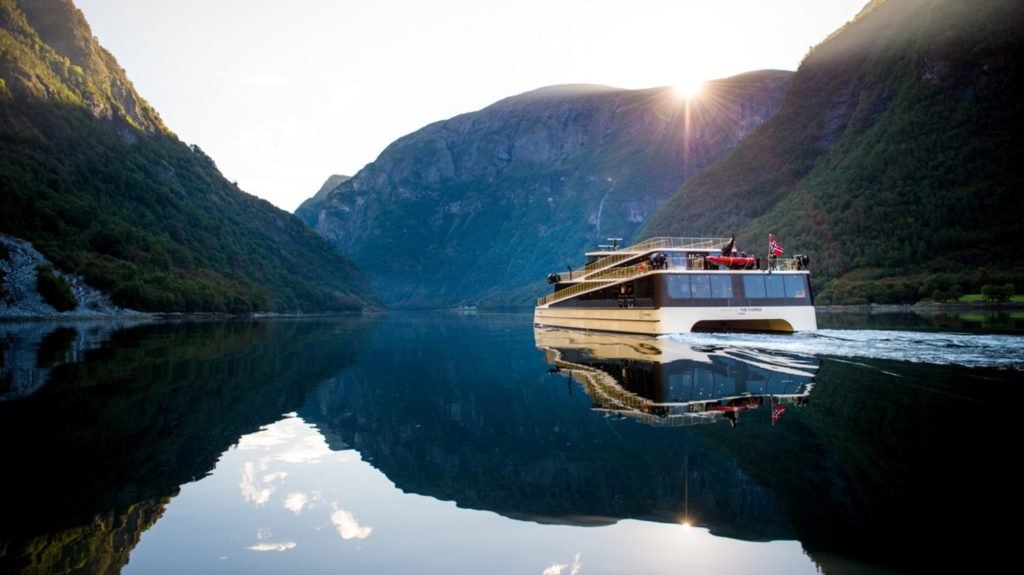
These projects are important steps to making Norwegian domestic shipping greener. Seven of the 15 pilots have been implemented or are under construction, and five were started up in 2018. Norway has also signed agreements for approximately 40 battery-powered ferries, with additional investments of roughly NOK 2 billion in battery and charging technology, and more to come. By 2021, there will be 70 all-electric and hybrid ferries in total.
Autonomous solutions
Perhaps most notably, these ambitious goals and projects have driven innovation across industries and sectors. Norway hosts some of the world’s most advanced pilot projects for autonomous transportation, both at land and at sea. Driverless, electric busses are currently deployed in Stavanger and Kongsberg cities. In 2016, an extensive area of the Trondheimsfjord in Northern Norway was designated as the world’s first official test bed for autonomous shipping by the Norwegian Coastal Authority (NCA). Norwegian maritime technology company Kongsberg has played a key role in establishing the site and is now using it in its development of sensors, software and systems that enable more autonomy for ships. Together with shipping company Wilhelmsen, Kongsberg also formed the world’s first shipping company specializing in autonomous solutions, Massterly AS.
With clients such as ASKO and MS Yara Birkeland, Massterly develops environmentally friendly, safe and cost-efficient logistics, enabling a shift in transportation from congested roads to the sea. “Autonomous ships have several cost and safety benefits, as well as environmental benefits” underlines Pia Meling, VP Sales and Marketing at Massterly. 75% of maritime accidents are caused by human error with the leading cause being fatigue and attention deficit. And most importantly from an emissions perspective: “On a fully autonomous vessel, there is no crew that needs to go ashore for crew change, which means it can more easily adopt slow speed and save fuel. In addition, autonomous vessels will primarily be maintained when in port. Hence the vessel is designed with a minimum of rotating parts and her propulsion is likely to be battery driven or driven by gas/fuel cells. This means that autonomous vessels will have zero or low emissions to air and sea”, says Meling.

A an opportunity for value creation and international partnerships
Across sectors, companies and government agencies seem to agree that electric and smart transportation represent significant opportunities for value creation. At the recent Electric Vehicles Symposium and Exhibition in Lyon last May, Norwegian companies and public stakeholders joined forces to showcase EV trends and solutions. “Globally we are still far from target, we have to learn from each other”, says Tove Eliassen, Director of the Paris branch of Innovation Norway, the Government’s instrument for innovation and development of Norwegian enterprises and industry. “Norwegian companies are on the continuous look-out for international partners and customers who can challenge and strengthen their solutions. Similarly, Norway is well positioned to host international companies that would like to take part in the electric transport revolution, whether on land or at sea”.
www.theexplorer.no / www.elbil.no
.

